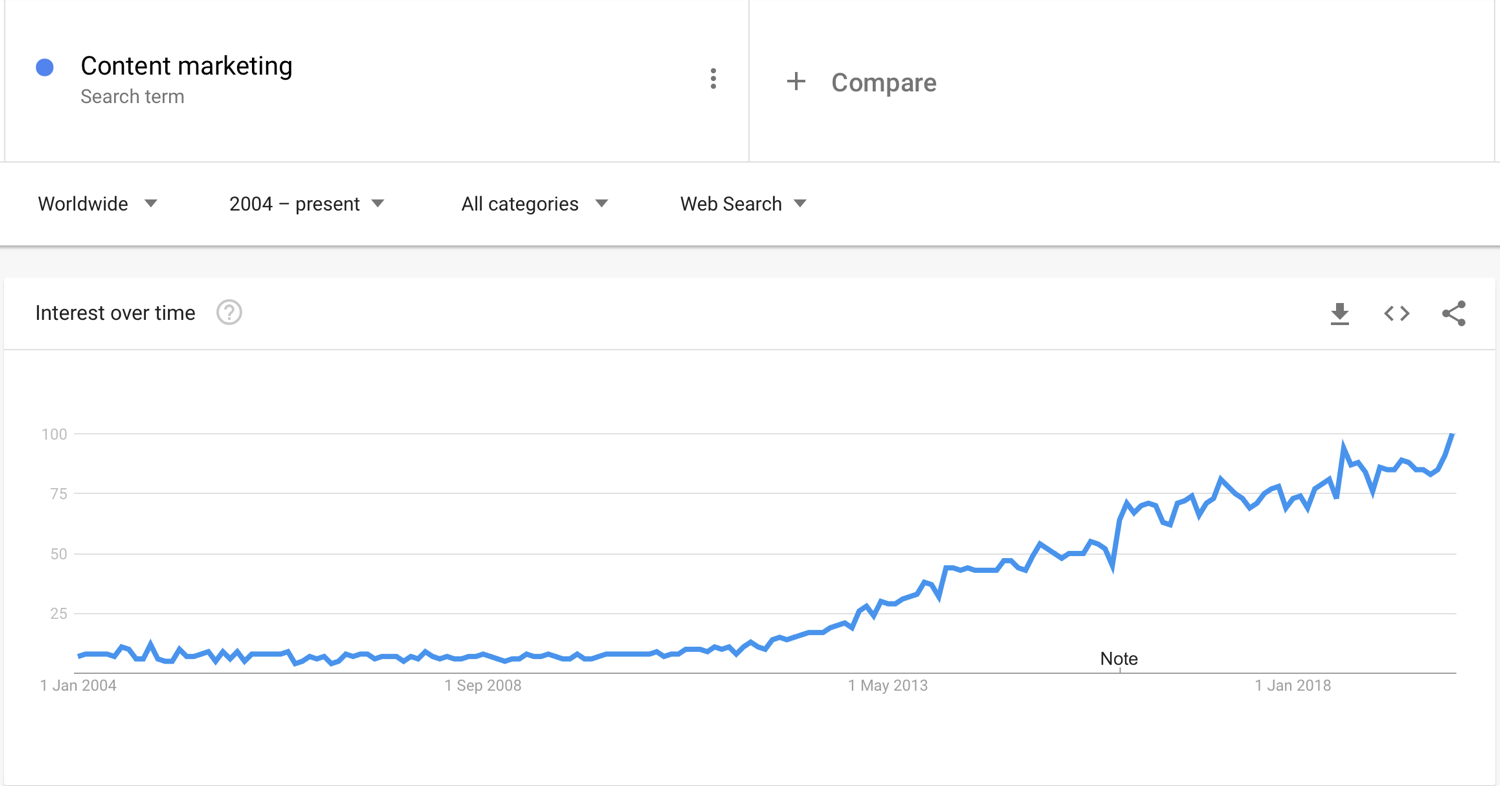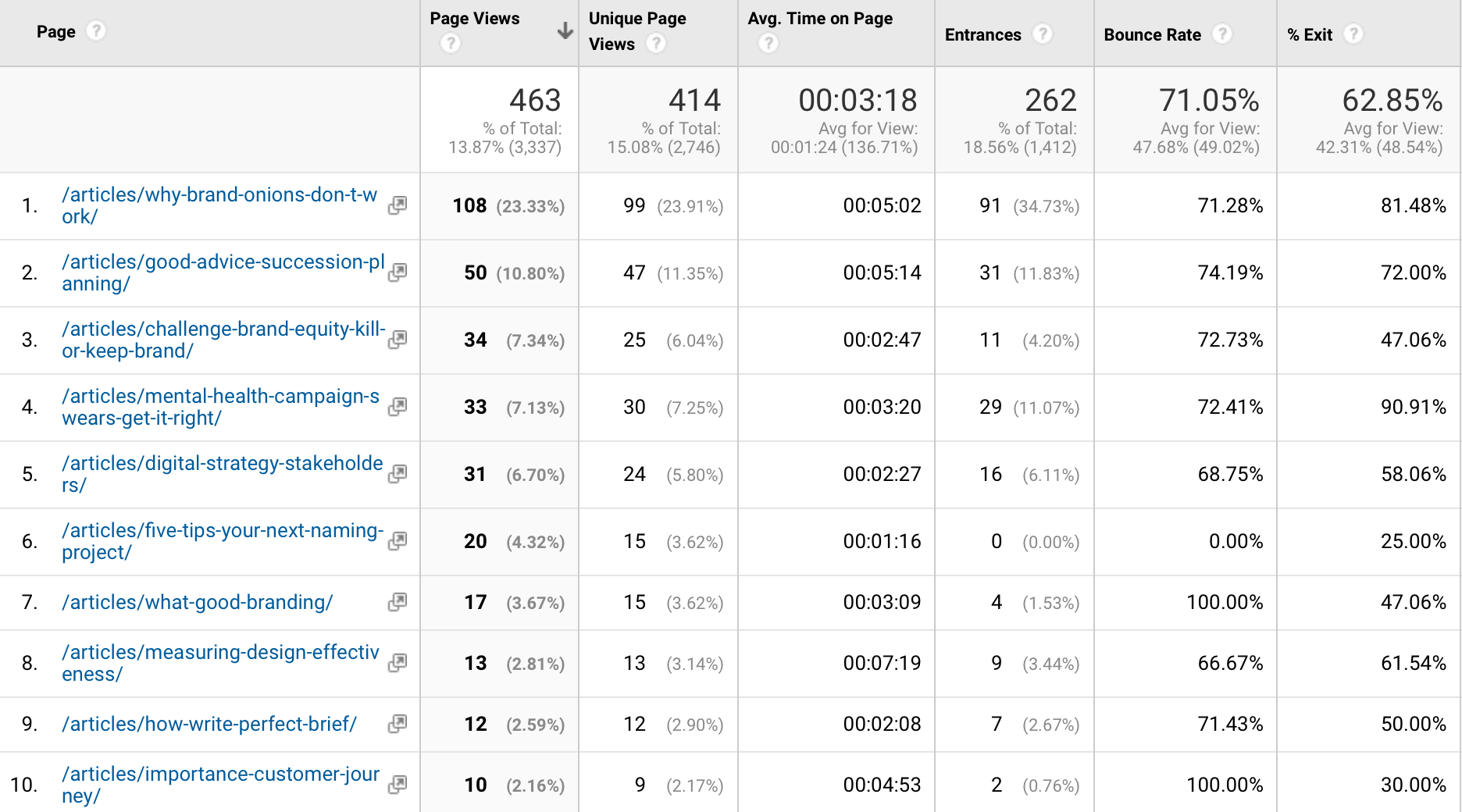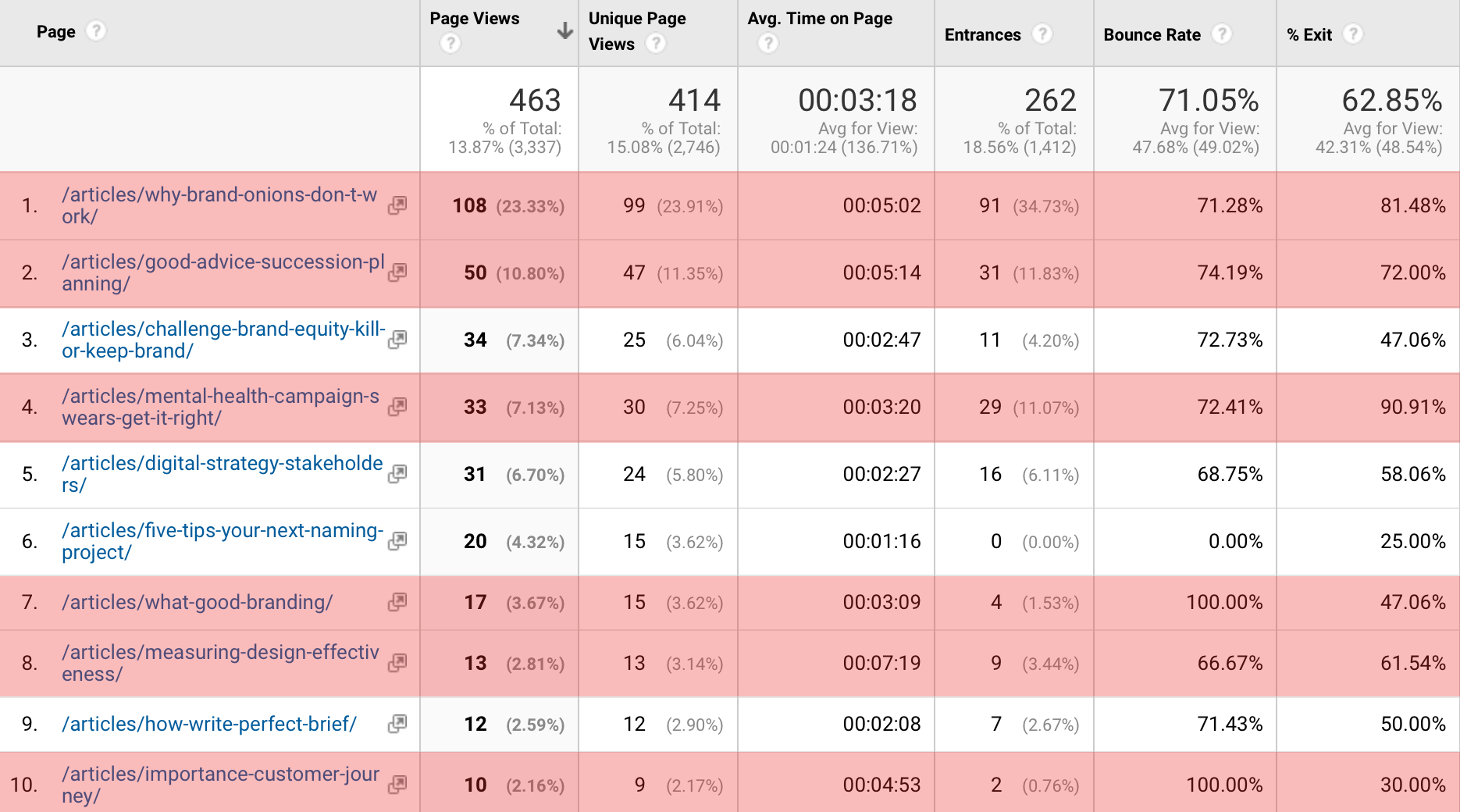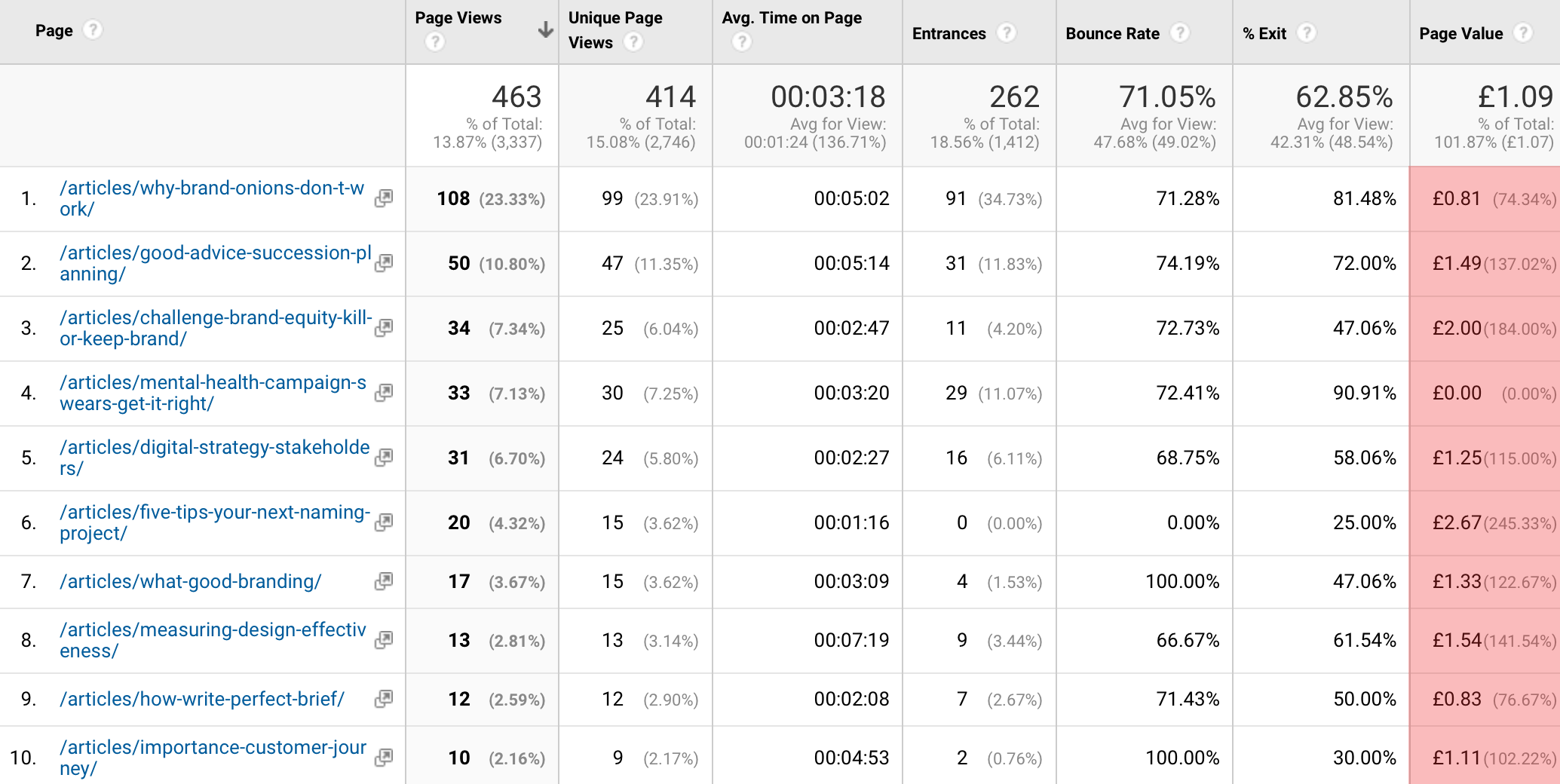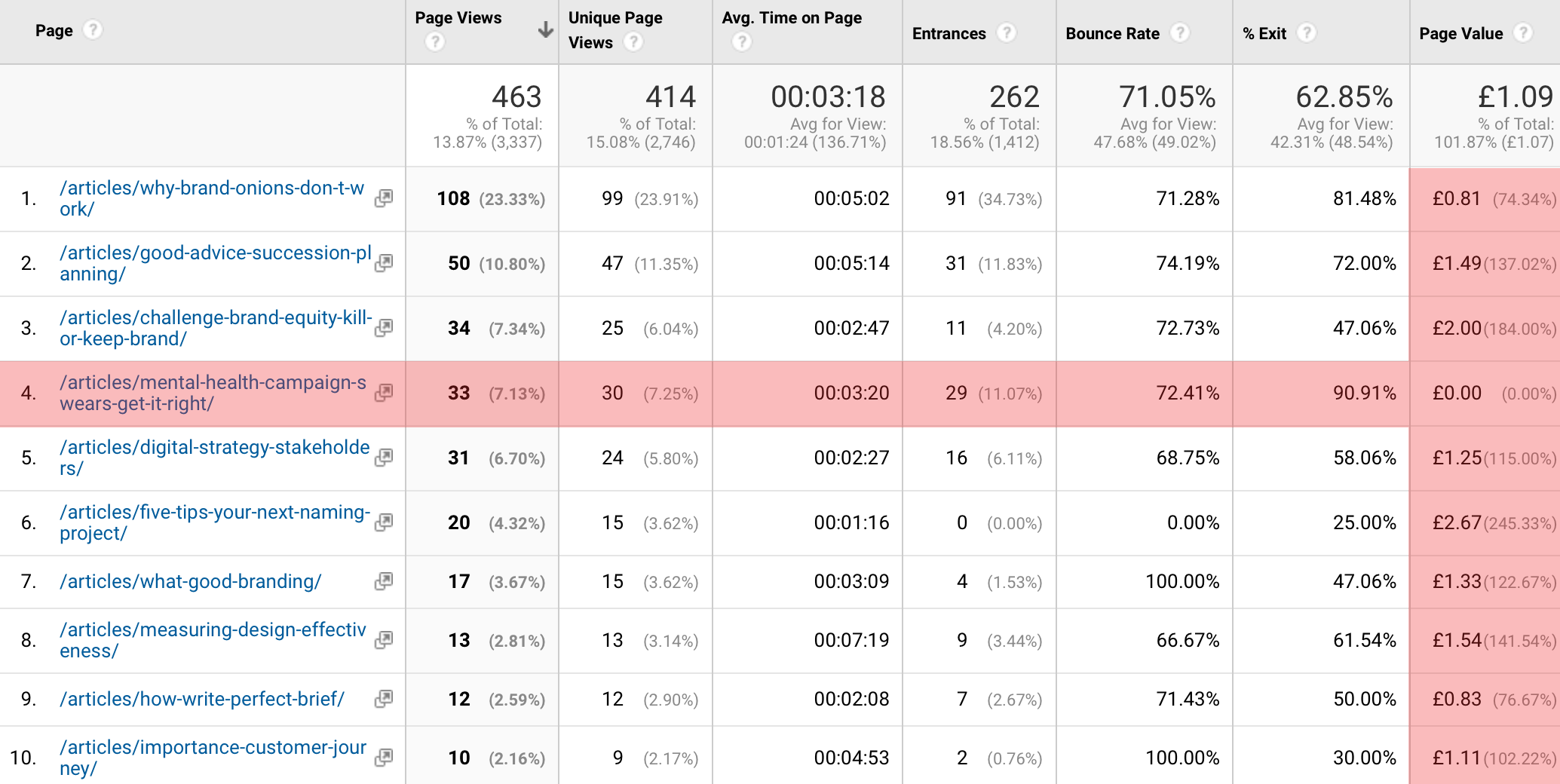Content, from a flyer to a tweet to a billboard to a blog post, has always been a business need. You need to tell customers what you're doing, how you do it, and why it is relevant to that customer. This isn't the latest thing; we're just going through the latest evolution of content.
And what an evolution. Here’s a chart that shows Google searches for "Content Marketing" between 2004 and 2019.
The rise of content marketing has put pressure on businesses to become publishers. So, your core business may be around commercial fish food, but you're still expected to create useful content.
And the keyword here is "useful". You can create content all day long, but it means nothing if you can't make it useful, both for your business and your customers.
I'm not going to lie, content creation is hard. Day 1 is easy, a whole load of ideas are at your fingertips. Everyone loves a bit of Thought Leadership. Francesca over in Sales is full of great ideas, she's always firing off forthright opinions that would stimulate debate. Easy! To the blog!
Fast forward to day 100. Turns out that Francesca is excellent at the chat, not so great at writing it down. You'd settle for a thought around any content to make live, never mind thought leadership. The content you have written just seems to sit there, you can't tell if it's a hit or a miss. The energy around the content initiative has gone. How did it get to this? More importantly, how do you get it back?
The main issue is that content is seen as a tactical exercise rather than a strategic one. This isn't surprising, content has been traditionally seen at the tactical end of the marketing spectrum; it's what's in a flyer or as a product description. When you started thinking about "Content Marketing", you've elevated content to a strategic level. Your thinking has to be respected as that.
This is a big topic, one that I'm not going to cover in its entirety in one cheeky post. The best we can do is to provide some of our hard-earned advice to you to at least create a strong foundation for your content strategy.
1. Understand what your content is for
Try and have a strategy statement for your content. This can be really helpful when you're looking at all of the content available to you. Does it fit the strategy statement?
For example, our content's strategy statement is:
To demonstrate the strategic thinking that sits behind our creative work, we'll provide, useful, straightforward content that helps marketing and brand managers make better decisions and that positions us as a potentially useful partner in the future.*
This statement ties in four main components:
- Content product (what type of content we should produce)
- Customer focus (who is it for)
- Customer needs (what will our customer look for in this content)
- Business goals (what this content helps us achieve)
This allows us to quickly determine if what we have or what we need to produce is worth putting on the site. It's a useful benchmark to put in place at the beginning.
2. Understand your customer
Understanding your customer's focus, their needs and their emotional state is vital for making sure that your content stand out. The content is written for your customers, it isn't written for you. So, it stands to reason that the best content you can create is tied to what your customer’s buying journey is. Tying content to your customer seems blindingly obvious. But the number of times we've seen companies create content that they are interested in seeing rather than what a client needs beggars belief. You just can't continually create useful content without understanding what the customer needs, and when.
3. Less is more
We'd recommend having few, excellent quality pieces of content rather than lots of average content. This ties back to the strategy statement. We're looking for people to take us seriously, to find us attractive to the point that they are taking something away from it and that they may want to work with us in the future. To that end, we just can't be in a high volume, poor quality output game.
4. "Test and Learn" rather than "Make and See"
There is always a tendency to lean into the sexier side of content. That's usually based around coolio videos such as webinars or customer case studies. These can really work, but you need to know if they’ll provide a return on investment. Will the customer find this useful? We suggest you start with the cheapest form of content, such as a blog article, and see if it resonates with your customers. If you see it getting read a lot, having an active engagement on your social channels, then it may make sense to generate a video on that topic.
5. Review and repurpose
If you've already started on your content strategy and it hasn't quite taken off in the way that you expected, don't panic. We've worked with companies that have a ton of content that wasn't focused on a goal or customer, but with a little tweaking, it starts to perform better. It's easier to repurpose content than create new content. Look at your current content through the lens of your strategy statement, define precisely where it should sit on the customer journey, and see what changes could be made to bring it in line.
6. Measure success
How do you know that the content you're creating is contributing to the success of your business? Hopefully, you've defined the digital contribution to your overall business goals and understood how a content strategy helps achieve that. If you have Google Analytics set up to record goals, you can appreciate the "page value" of your content. Why is this metric important?
The challenge with Google Analytics is that the data tells you what people did, not why they did it. In theory, someone on a page for five minutes may suggest that they really read and enjoyed the article. But that's a guess. It's as likely that they found the article confusing and needed to re-read it three times to make sense of it. Or, more charitably, the person started reading the content, was then interrupted by a phone call for four minutes, looked at the content for one minute then popped off to another page.
The only way to know if the content was useful is to tie it to a defined outcome. If you've set up Google Analytics correctly, by creating site goals which have a set value when that goal is achieved, or through the e-commerce reporting, you can understand how valuable your content is in achieving your goals. Page value is one of these strange metrics that seem tricky, but once you've got your head around it, it's pretty straightforward. Have a look at how Google explains Page Value. It's an excellent metric for helping you get past the fluff around engagement.
Let's take a look at a real-world example. Here are the top ten pages for the Journal section on our site.
Pretty standard. To work out how the content is performing, you could take a look at the engagement numbers as a guide.
As you can see, some of the engagement numbers are pretty good. We should all be feeling good about this. Then you remember that you don't know quite why these numbers are the way they are. If you add in the Page Value metric, you can start to get a little more insight into the effectiveness of your content.
What's interesting is that the most popular content has a below-average page value. This is possibly because it's pretty well ranked on Google, the content itself is pretty niche, so we know people are coming in, reading, then heading out. Of course, it could also be that content around brand onions isn't actually that good. We'd need to get into more detail to understand that.
The most interesting line though is around content that we wrote some time ago:
It's an article we wrote back in 2017 about a mental health campaign we liked. It gets a fair amount of traffic from search engines. Most importantly, we wrote it before we defined our content strategy statement. It's nowhere near what we would create today. As such, it is no surprise that the Page Value metric says that it has contributed nothing to the goals we've set for the content.
Page Value adds much-needed context to your goals. It shouldn't be the de facto metric for your content, other factors will come into play, but does help you start to lift your head from the frippery of engagement numbers that you can be hit with.
This is just the start of the content strategy journey. We're not getting into content operation, a full dive into the placement of content, the best ways to approach reporting or the rest of the activity you'll need to make sure that your content strategy is embedded and working. These tips should set some firm foundations for the path ahead. We'll be writing more on this topic, sign up to the mailing list to be kept up to date.
We also had a chat about content strategy in our podcast, the Good Round Up. Have a listen below for some more thoughts.
*How are we doing with our content statement? Let me know if this helped you out or if there is anything that needs more explanation. Thanks for reading.
